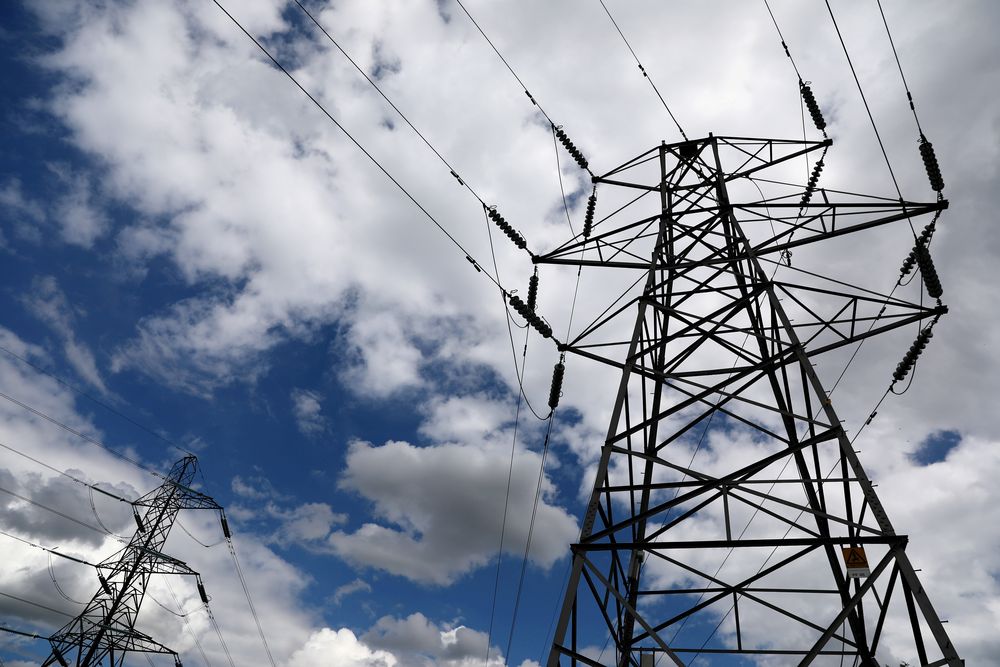LONDON, Aug 20 — A blackout in Britain which left one million homes without power on Aug. 9 was the result of a lightning strike, the grid operator said in a preliminary report today.
Regulator Ofgem commissioned the report into the causes of the outages from National Grid and said it would open its own investigation to establish whether any of the grid and network operators or generators breached their licence conditions.
“Having now received National Grid’s interim report, we believe there are still areas where we need to use our statutory powers to investigate these outages,” said Jonathan Brearley, Ofgem’s executive director of systems and networks.
“This will ensure the industry learns the relevant lessons and to clearly establish whether any firm breached their obligations to deliver secure power supplies to consumers,” he added.
Ofgem’s powers under the Electricity Act, which it will use to conduct the investigation, allow it to impose penalties up to a maximum of 10 per cent of the regulated companies UK turnover.
An hour-long outage on the evening of Aug. 9 left one million homes without power while two of London’s busiest train stations closed at rush-hour because of overcrowding as services were cancelled or delayed.
National Grid said the power cuts were the result of a rare and unusual issue that led to the almost simultaneous loss of output from two generators – Orsted’s Hornsea off-shore windfarm and RWE’s Little Barford gas-fired power plant.
In its preliminary report, National Grid said there was a lightning strike on a transmission line at 1652 local time, which returned to normal operation after around 20 seconds.
Around 500 megawatts of generation capacity was also disconnected – all of which is normal for such events.
However, immediately after the lightning strike and within seconds of each other, Hornsea and Little Barford reduced supply to the grid, disconnecting 1,378 MW of generation.
“As generation would not be expected to trip off or de-load in response to a lightning strike, this appears to represent an extremely rare and unexpected event,” National Grid said.
“This unexpected loss of generation meant that the frequency fell very quickly and went outside the normal range of 50.5Hz – 49.5Hz,” it added.
Back-up power and other tools were used but the size of the generation loss meant the frequency fell to 48.8Hz which is a level at which secondary backup systems were required to disconnect some demand to ensure the safety of the network.
A final report is due to Ofgem by Sept. 6. Separately, an emergency committee will also investigate the incident, the government said last week. — Reuters






















